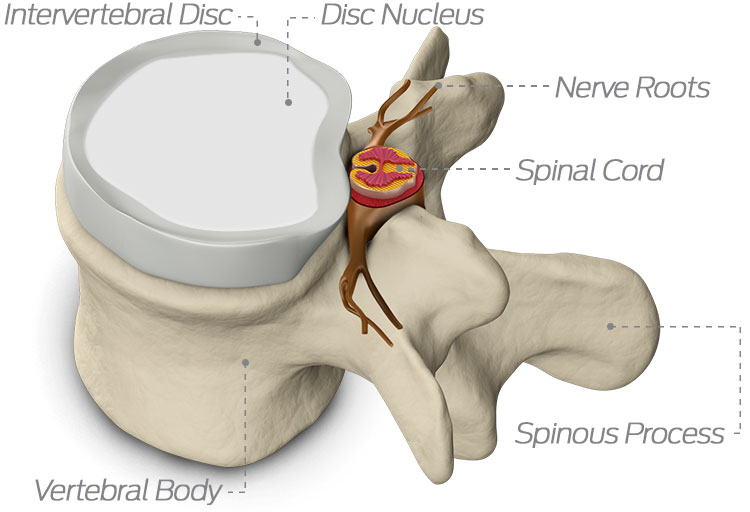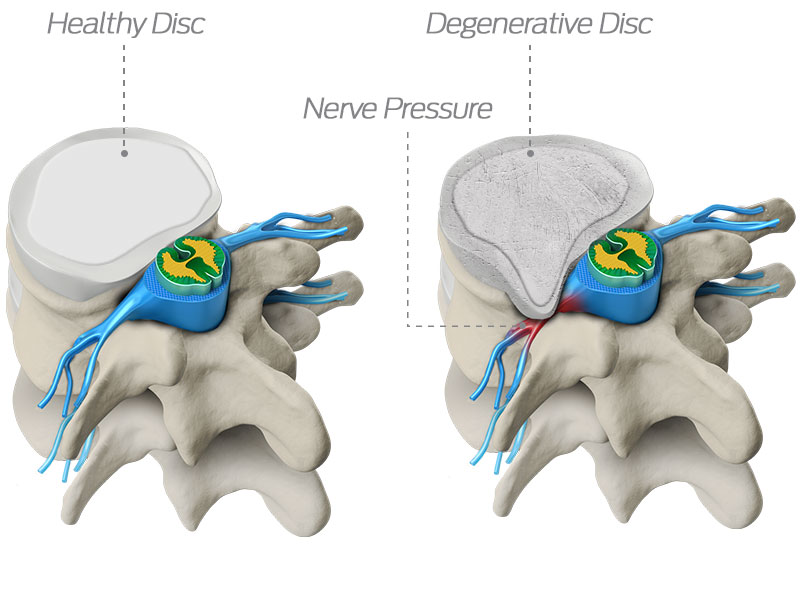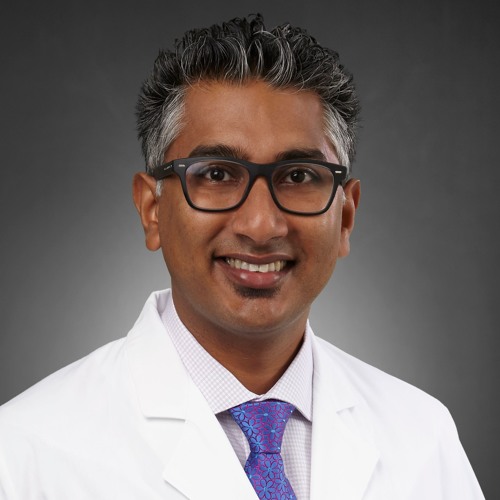The spine is an amazing structure — strong enough to support your head upright, but flexible enough to let you bend, flex, and twist. Unfortunately, though, it’s not indestructible. Whether due to injury, disease, or just getting older, spinal components may become damaged and stop functioning properly, leaving you with back pain and a limited range of motion.
If conservative options fail, and you need back surgery, you may be wondering what your recovery will be like. Everyone is different in their exact needs, but at the same time, there are certain post-operative treatments virtually everyone goes through. One of these is physical therapy.
I have performed all manner of back surgeries in the last 20 years, including minimally-invasive procedures and robot-assisted surgery. My experiences have shown me that a patient’s back pain journey doesn’t end along with the procedure, which is why I recommend physical therapy after surgery for all my patients. Below I list seven reasons why—but first, let’s briefly discuss how your spine works for context.
 A Brief Look at Your Spine
A Brief Look at Your Spine
An adult human has 24 bony vertebrae that sit one on top of the other in a column, forming your backbone. Each is held together by a pair of joints, known as facet joints, to the bones above and below.
In between each vertebral pair lies an intervertebral disc that consists of a hard outer shell (annulus) and a gel-like interior (nucleus). The discs absorb shock when you move and prevent the bones from grating against each other.
 Both the bones and the discs can become damaged, either due to injury or age-related diseases like osteoarthritis (the wear-and-tear kind), bone spurs, and degenerative disc disease (flattening of the disc). If the discs rupture — aka herniate — the oozing material can press on nerve roots located in the interior of the spinal column, called the spinal canal. That may lead to pain, tingling, weakness, and numbness along the nerve’s length. It may be necessary to repair or replace the disc, or alter other structures, to give you relief.
Both the bones and the discs can become damaged, either due to injury or age-related diseases like osteoarthritis (the wear-and-tear kind), bone spurs, and degenerative disc disease (flattening of the disc). If the discs rupture — aka herniate — the oozing material can press on nerve roots located in the interior of the spinal column, called the spinal canal. That may lead to pain, tingling, weakness, and numbness along the nerve’s length. It may be necessary to repair or replace the disc, or alter other structures, to give you relief.
Spinal surgery, though, is only the first step in getting better. The next step takes more time and is more involved, but it can mean the difference between remaining in pain or achieving a full recovery.
What is physical therapy (PT)?
Physical therapy is a type of rehabilitation following an injury or surgery that aims to relieve pain, increase movement and range of motion, and help you live a better and more productive life. You start the process once the acute pain of surgery has passed.
At your first session, your physical therapist examines you and assesses your needs. Expect questions about your pain or other symptoms, your ability to get around or do everyday tasks, your sleep quality, and your medical history. The objective is to determine how well you function and how much you’re impaired, so they can draw up a treatment plan to rehab the areas that need to be strengthened or restored.
Common tests measure:
Your plan includes your personal goals, like functioning and feeling better, plus exercises or other treatment modalities to help you reach them. Some of the exercises you do when you go into the office, while others you do at home between sessions to maintain your results and improve upon them.
Commitment is key — the more effort you put into your therapy, the more quickly and completely you’ll heal.
7 Benefits of Physical Therapy After Back Surgery
Physical therapy offers seven major benefits following back surgery:
How quickly you return to normal function depends on your age, your overall health, and your lifestyle; it varies from one person to another.
 About the Author:
About the Author:
Neurological spine surgeon Kamal Woods, MD, MBA, FAANS earned his medical doctorate (MD) from Loma Linda University School of Medicine in California. Upon graduating, he completed his internship in general surgery and residency in neurological surgery at Loma Linda University Medical Center. He then pursued his minimally invasive and complex spine fellowship at Cedars-Sinai Medical Center in Los Angeles. He recently completed his Master of Business Administration at Johns Hopkins Carey School of Business in Baltimore, Maryland. The Board-certified neurosurgeon is co-founder of Vertrae® in Dayton, Ohio.
These individuals can inspire your journey to healing and life after disc replacement surgery—and the hope of freedom from spine-induced pain and discomfort.
To Find a Spine Surgeon That's Right for You, Use our Surgeon Locator